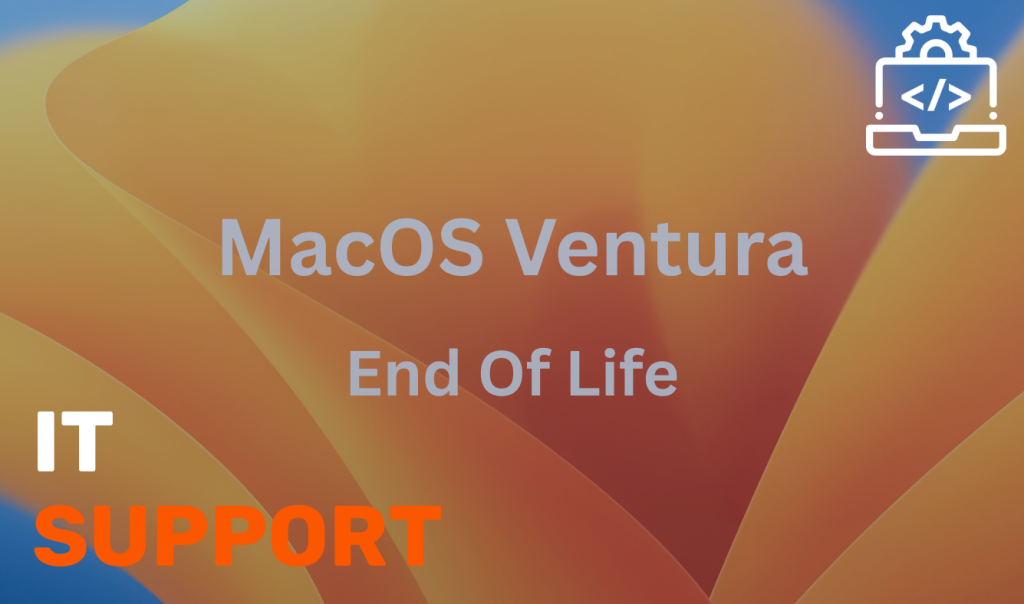As cyber threats continue to rise, businesses face increasing risks to their data, reputation, and bottom line. Security breaches can lead to data loss, financial penalties, and diminished trust, making cybersecurity a critical priority. For many businesses, setting up a Security Operations Centre (SOC) is an effective solution to manage and mitigate these risks.
A SOC centralises an organisation’s security operations, monitors threats in real-time, and provides a coordinated response to incidents.
This blog by Creative Networks will explore the need for a SOC, the functions it performs, and why it’s essential for businesses aiming to stay resilient in today’s cybersecurity landscape.

What is a Security Operations Centre (SOC)?
A Security Operations Center is a centralised team or facility dedicated to overseeing and enhancing an organization’s cybersecurity. SOC teams are responsible for monitoring, detecting, analysing, and responding to security threats across the organisation’s infrastructure. Through the use of advanced tools, the SOC team monitors IT systems 24/7, identifying threats and responding to them in real-time to prevent or minimise the impact of cyber incidents.
Why Do Businesses Need a SOC?
With the rise of complex and frequent cyber threats, having a dedicated SOC offers businesses several advantages:
1. Continuous Threat Monitoring
Cyber threats can occur at any time, and many attacks happen after business hours, which means organizations need around-the-clock monitoring. A SOC provides 24/7 vigilance, enabling security teams to detect and respond to threats in real time, reducing the window of opportunity for attackers.
Example: A SOC can identify a suspicious login attempt at 3 AM and take action immediately, potentially blocking a breach attempt before it escalates.
2. Rapid Incident Response
When a security incident occurs, the speed of response is crucial. A SOC team can quickly analyse the nature of the threat, contain it, and initiate remediation efforts. This rapid response minimises the impact of security incidents and reduces the likelihood of data loss, financial damage, or reputational harm.
Example: If ransomware is detected within the network, the SOC team can isolate affected systems, preventing the malware from spreading further and protecting critical data.
3. Proactive Threat Hunting
SOC teams not only monitor but also proactively hunt for potential threats within the organization’s systems. Threat hunting involves searching for hidden threats that may have bypassed traditional security defenses. This proactive approach helps uncover vulnerabilities and potential attack vectors before they are exploited.
Example: A SOC team might detect and mitigate a dormant piece of malware that’s waiting to be activated, thus preventing a potential breach.
4. Centralised Security Management
A SOC serves as the central hub for an organisation’s security efforts, streamlining and coordinating all security activities. This centralised approach ensures that information security policies, procedures, and tools work together seamlessly.
Example: The SOC team coordinates incident responses, gathers threat intelligence, and manages security logs in one place, ensuring consistency and reducing silos.
5. Improved Compliance and Regulatory Alignment
For organisations in regulated industries, such as healthcare and finance, meeting compliance standards is critical. A SOC supports compliance efforts by implementing and maintaining security practices that align with industry standards and legal requirements, such as GDPR, HIPAA, and PCI-DSS.
Example: A SOC can manage log retention policies and encryption protocols required by regulations, making it easier for businesses to meet compliance standards.
Core Functions of a Security Operations Centre
To understand the full value of a SOC, it’s helpful to examine the key functions it performs:
1. Security Monitoring and Detection
The SOC continuously monitors all IT assets, such as networks, endpoints, databases, and applications, for signs of suspicious activity. This involves analysing logs, network traffic, and user behavior to detect anomalies and potential threats.
2. Incident Response and Management
When a security incident occurs, the SOC team initiates an incident response protocol, which includes identifying the threat, containing it, eradicating it, and recovering systems. Effective incident response minimises downtime and prevents the spread of threats.
3. Threat Intelligence Integration
SOC teams leverage threat intelligence to stay informed about emerging threats, attack vectors, and tactics used by cybercriminals. Integrating threat intelligence allows the SOC to anticipate attacks and adjust security measures proactively.
4. Vulnerability Management
SOC teams are responsible for identifying and addressing vulnerabilities within the organisation’s infrastructure. This includes regular vulnerability assessments, patch management, and the application of security updates.
5. Forensic Analysis
In the event of a significant security incident, the SOC team performs forensic analysis to investigate the root cause, assess damage, and collect evidence for future prevention. Forensics help the SOC learn from past incidents and enhance overall security posture.
6. Security Metrics and Reporting
The SOC provides insights and metrics that help leaders understand the organisation’s security health, including the frequency of incidents, types of threats, response times, and areas for improvement.
Benefits of a SOC for Business Growth and Security
Enhanced Business Resilience
A SOC enables businesses to remain resilient against threats by providing a continuous and coordinated approach to cybersecurity. The ability to respond quickly to threats reduces downtime and ensures that business operations continue without significant disruption.
Increased Customer and Partner Trust
In 2025, customers and partners expect organizations to prioritize security. Having a SOC demonstrates that a business is committed to protecting sensitive information, which builds trust and enhances the organisation’s reputation.
Data-Driven Decision Making
With a SOC, businesses gain access to valuable security insights and metrics, allowing leadership to make informed, data-driven decisions. These insights can guide investment in new security technologies, resource allocation, and other strategic decisions.
When Should a Business Invest in a SOC?
Not every business may need an in-house SOC. However, several factors can help determine if a SOC is right for your organisation:
- High Volume of Sensitive Data: Companies handling large amounts of personal, financial, or proprietary data should prioritise SOCs to protect against data breaches.
- Regulatory Compliance Requirements: Businesses in regulated industries may benefit from a SOC to meet specific compliance and reporting standards.
- Complex IT Infrastructure: Companies with large, distributed, or complex IT environments often need a SOC to maintain oversight and control over their security posture.
- Frequent Cybersecurity Incidents: If your organisation experiences frequent or high-impact security incidents, a SOC can significantly improve your ability to detect and respond to these events.
Organisations that don’t have the resources to establish a dedicated in-house SOC can consider outsourcing to a Managed Security Service Provider (MSSP), which can offer similar SOC services and expertise at a reduced cost.
Building or Outsourcing a SOC: Key Considerations
When deciding to build an in-house SOC or partner with a third-party provider, consider the following factors:
- Resource Availability: Maintaining an in-house SOC requires skilled personnel, technology investments, and 24/7 operations, which can be resource-intensive.
- Cost Management: Setting up a SOC can be costly, so organisations with limited budgets may benefit from managed SOC services instead.
- Scalability: An outsourced SOC may provide more flexibility to scale security operations as your organization grows.
- Security Expertise: SOC teams require highly specialised skills in areas such as threat intelligence, incident response, and forensic analysis. An outsourced SOC provider can bring expert resources to your business.
Why a SOC is Essential for Business Security
With cyber threats evolving in frequency and sophistication, establishing a Security Operations Center (SOC) is increasingly necessary for businesses to protect their assets, data, and reputation. A SOC enables businesses to monitor threats in real-time, respond quickly to incidents, and proactively defend against potential attacks, enhancing overall cybersecurity resilience.
Whether you choose to build an in-house SOC or partner with an MSSP, investing in a SOC is a critical step in ensuring that your organization is prepared to face modern cybersecurity challenges.
Contact Creative Networks today
Ensure Your Business Stays Ahead with 24/7 IT Support
At Creative Networks, we provide comprehensive 24/7 IT support to keep your business running smoothly at any hour. From proactive monitoring to real-time assistance, our team is here to secure, manage, and optimise your IT systems around the clock.
Contact us today to discover how we can enhance your IT infrastructure and provide peace of mind with reliable support whenever you need it.




